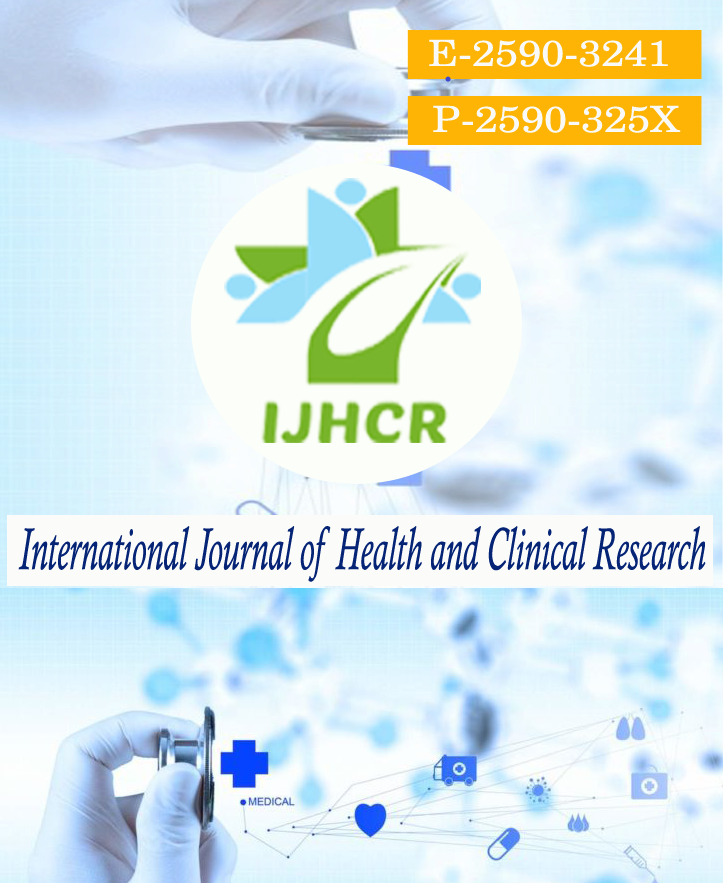Vitamin D Levels in Chronic Liver Disease-A Clinical Study
Keywords:
Chronic liver disease, Vitamin D deficiency, Non-Cholestatic CLD.Abstract
Background: According to numerous researches conducted earlier, Vitamin D deficiency with low dietary calcium intake in the Indian population. In addition to low dietary intake, Vitamin D deficiency is also present in people diagnosed with liver, kidney, skin and ortho disorders. Because of many factors, Vitamin D deficiency is a universal concern. Aims: We aim to assess and compare vitamin D disease trends in a group of patients with non-cholestatic CLD. Materials and methods: It is hospital-based cross sectional study was performed in Government General Hospital Suryapet, Telangana, from 2018 to 2019, the research period was one year. Cases with Non-cholestatic Chronic Vitamin D deficiency Class with hepatic disease with age & gender. In each category, we increased the sample size to 80 patients. Results: Prevalence of vitamin D deficiency and insufficiency were 36% and 48.8% respectively among CLD patients. In present study, we selected 80 patients in which 65 (81.3%) were males and 15 (18.7%) were females, with mean age 45±12.1 years. 60 (75%) of the cases were diagnosed with alcoholic CLD (60 males ). Vitamin D deficiency <10 ng/dl is observed in 4 cases(5%), 10-20 ng/mL in 25 cases(31.2%), 21-30 ng /mL is seen in 39 cases (484.%) and >30 ng/mL in 12 cases(15%). Low vitamin D levels were significantly associated with a higher MELD value(p<0.05). The mean vitamin D level was 31+4.1 with Child-Pugh Class A (n=9), 23+5.1 with Class B (n=48) and 15.1+6.9 with Class C (n=33). With increased severity of cirrhosis, there was a strong trend towards lower vitamin D levels (p<0.05).Conclusion: In conclusion, considering the high prevalence of deficiency of vitamin D in chronic liver disease patients, it seems appropriate to conduct periodic screening to assess the extent of vitamin D in this population.






 All articles published in International Journal of Health and Clinical Research are licensed under a
All articles published in International Journal of Health and Clinical Research are licensed under a 